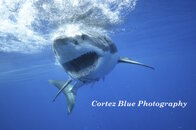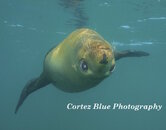backscatter_rob
Registered
I fully agree with everyone here. The lenses you have listed are not the most suitable for underwater use even if the housing manufactures are supporting them. The Tokina 10-17mm fisheye for almost all wide angle, and either or both the Nikon 60mm macro and 105MM VR macro lenses will work for macro. Sometimes if you are just getting into it, the 60mm lens is a good choice for macro because it is a lot more forgiving than the 105 VR. If you are wanting a rectilinear (non fisheye) wide angle lens, the Nikon 12-24 is hard to beat but requires a bigger dome port than a fisheye. The 10-17 as mentioned above can be shot behind a small 100mm dome port with great results. The statement about getting close, then closer, and yet even closer is the absolute key to successful underwater photography. This is why the Tokina fisheye lens is the best choice. You can literally touch the dome to a subject and a fisheye lens will capture focus, fisheye lenses will be the only lens that will do this.






